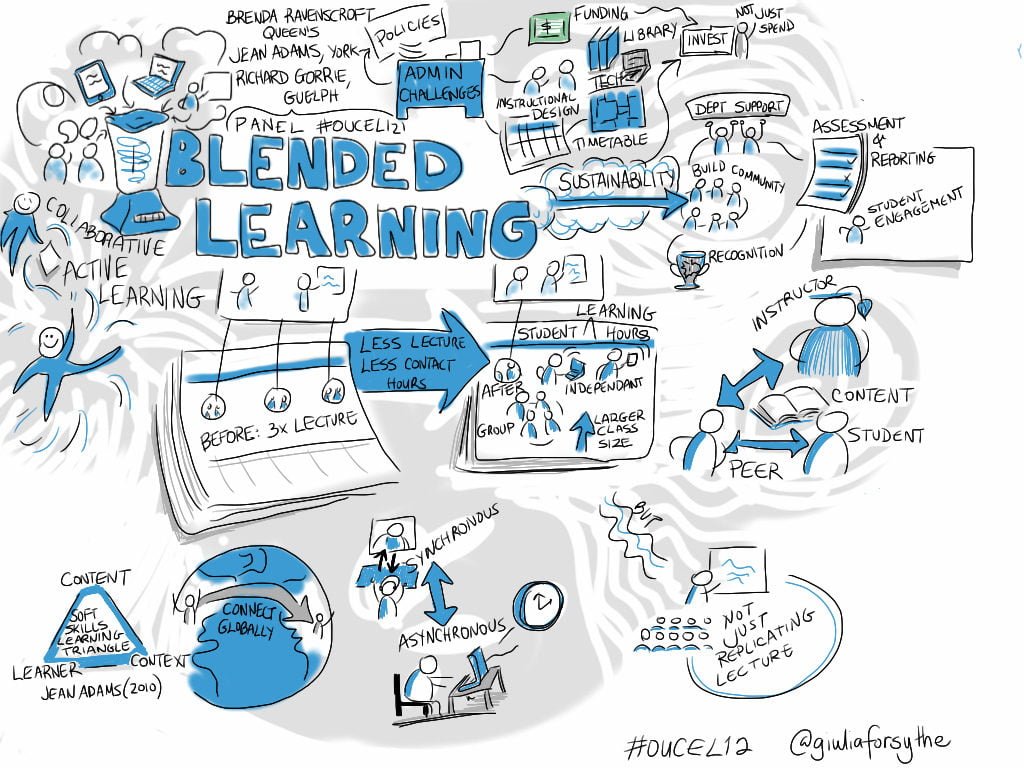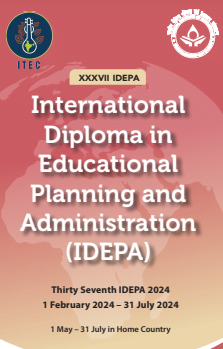Blended Learning Environments Details
Online learning and conventional classroom instruction are combined in blended learning settings. In a mixed learning setting, some of the courses are held in-person and some are online. In addition to the conventional face-to-face learning experience, this method enables students to obtain course content and communicate with their instructors and classmates through a digital platform. Students can work at their own speed in blended learning settings, which offer flexibility in terms of scheduling and pacing. They also provide access to a variety of internet tools and materials that can improve learning. Blended learning settings, which combine the advantages of both in-person and online learning, offer a complete approach to education that can be especially helpful in thein the Indian context, where access to quality education can be limited in some areas. Blended Learning Environments
Online learning refers to a variety of tasks that students can complete alone or with classmates, including:
- using electronic books, periodicals, media clippings, etc.
- Utilising eResources, primarily in the form of Open Educational Resources (OERs), which are posted by instructors to learning management systems (LMSs) and comprise of text, images, animations, models, games, interactive multimedia, etc.;
- exploring websites, e-resources, and digital libraries that have been recommended by the teacher, either alone or in groups;
- studying MOOCs, SMOOCs (Small MOOCs), etc., in accordance with the instructor’s instructions (e.g., connecting students to an ongoing, effective MOOC while also scheduling several face-to-face activities around it).
- completing tasks individually or in groups using any ICT tool or platform; taking part in online workshops or webinars linked to the curriculum at the instructor’s suggestion; and corresponding with or conducting interviews with experts, pros, or people in the field 15
- attempting tests and quizzes; participating in virtual labs, museums, tours, etc.; participating in online internships and projects; and completing assignments and uploading them to the LMS or submitting them to the instructor using other ICT platforms.
- any educational activity directly related to the course curriculum for which the learner must engage in online learning experiences created by the Online learning settings and digital and digitalized tools are all part of the experience.
Changes are apparent. Offline (Face-to-face: F2F) The term “mode” describes a variety of tasks to be completed while gathered in the classroom, including:
- listening to instructor’s brief lectures to grasp difficult ideas and introduce or summarise subjects
- participating in group activities in the classroom with peers, primarily for analysing and implementing information obtained through eResources;
- answering questions based on self- or group-learning;
- working together and jointly generating new knowledge; borrowing and using library books and magazines; in-person instruction, practical training, apprenticeships, jobs, etc.
- taking part in on-campus physical laboratories, hackathons, working in creative spaces, etc.;
- receiving face-to-face instruction, physical instruction, apprenticeships, employment, etc.
- showing up for recurring tests, final exams on campus, etc.
- a field trip to learn about practises and protocols at an actual workplace
- Any educational action that involves teachers and pupils physically in a classroom, lab, or community while considering learning objectives




